Space-age Mud and Wattle
by Garrett Connelly
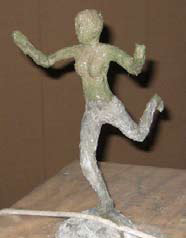 Brief description : An artistic sculptural media developed here in the Pioneer Valley to provide hundreds of millions of homes for and by the almost half billion people who earn less than one dollar per day.
Brief description : An artistic sculptural media developed here in the Pioneer Valley to provide hundreds of millions of homes for and by the almost half billion people who earn less than one dollar per day.
Statement about submission : Many years have been devoted to this project and now that it is complete there is a real mystery as to why something so obvious took so long.
In brief, all economic systems are based on continuous growth on a finite planet. Quantitatively this is mathematically impossible. The solution is to substitute quality for quantity. Growth of human culture is sustainable to infinity upon a finite planet qualitatively. One of the most interesting aspects of qualitative growth is redefinition of reward, I must mention here that I find it quite ironic to be here in New England for this: Reward in a sustainable, qualitative economy is heavily weighted toward fun; pure, innocent, childlike fun. This does not rule out interstellar and inter galactic travel, all humans look to the stars and dream of infinity as a natural type of inborn, genetic fun. Fun is everything but frivolous or evil.
Now we turn to the half billion people who earn about a dollar per day, plus the 2.5 billion who are economically stressed. There is no such thing as sustainability when this huge number of beautiful human souls live in continuous, nagging pain and anguish instead of fun. Dodge and turn as one might, put up gates, or build fences along borders; the welling pain and suffering of poverty will surely drag us all to oblivion and ultimate extinction. Sustainability of human culture includes all humans or none at all, there is no middle ground.
Space-age mud and wattle is a material that opens a synergistic relationship between universities and folk wisdom rooted in ancient forest and savannah. Here we bring together materials from the countryside and the laboratory for a crash program to train hundreds of millions to build for billions. And we must accomplish this task rapidly enough to save ourselves from certain environmental collapse. We seek synergy between those who will wish to improve their lives in a world where all the easy resources have been already been used and those who have advanced research labs ready to sift through millions upon millions of succeses and failures. I have been fortunate enough to test the genetic roots and truth of space-age mud and wattle at an orphanage filled with children who had no idea of my motives, beyond the obvious fact of providing necessities of life.
Build a sculptured shelter for under one thousand dollars of material costs, it will be framed with bamboo to simulate local trash saplings. This is an ongoing development project to provide the technology needed to house the almost half billion people who earn less than one dollar per day. This will be the fourth of the series used to develop this technology.
This particular structure will be a photo journal for an instruction manual and will be built slightly different than normal, it will be arranged so that it can be disassembled and moved for show in various locations. The relationship to sustainability here in the Pioneer Valley is as a tool for universities to train trainers
and skilled artisans, a crop of straight saplings can also be developed, and, if one looks with open eyes at the future, the structures themselves will eventually be of use here as well as in other parts of the world.
The frame material is bamboo connected with wrap joints, it can be seen here www.ferrocement.com
The sheathing skin will be similar to this link www.ferrocement.com
Many years have been devoted to this project and now that it is complete there is a real mystery as to why something so obvious took so long. In brief, all economic systems are based on continuous growth on a finite planet. Quantitatively this is mathematically impossible. The solution is to substitute quality for quantity. Growth of human culture is sustainable to infinity upon a finite planet qualitatively. One of the most interesting aspects of qualitative growth is redefinition of reward, I must mention here that I find it quite ironic to be here in New England for this: This contest is made possible through a grant from the U.S. Environmental Protection Agency.
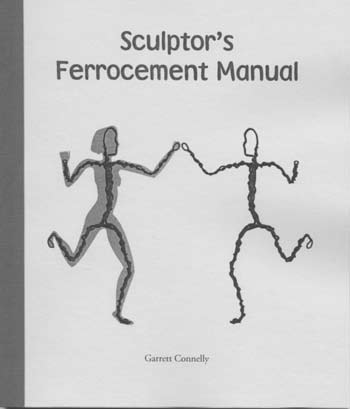
Reward in a sustainable, qualitative economy is heavily weighted toward fun; pure, innocent, childlike fun. This does not rule out interstellar and inter galactic travel, all humans look to the stars and dream of infinity as a natural type of inborn, genetic fun. Fun is everything but frivolous or evil.
Now we turn to the half billion people who earn about a dollar per day, plus the 2.5 billion who are economically stressed. There is no such thing as sustainability when this huge number of beautiful human souls live in continuous, nagging pain and anguish instead of fun. Dodge and turn as one might, put up gates, or build fences along borders; the welling pain and suffering of poverty will surely drag us all to oblivion and ultimate extinction. Sustainability of human culture includes all humans or none at all, there is no middle ground.
Space-age mud and wattle is a material that opens a synergistic relationship between universities and folk wisdom rooted in ancient forest and savannah. Here we bring together materials from the countryside and the laboratory for a crash program to train hundreds of millions to build for billions. And we must accomplish this task rapidly enough to save ourselves from certain environmental collapse. We seek synergy between those who will wish to improve their lives in a world where all the easy resources have been already been used and those who have advanced research labs ready to sift through millions upon millions of succeses and failures. I have been fortunate enough to test the genetic roots and truth of space-age mud and wattle at an orphanage filled with children who had no idea of my motives, beyond the obvious fact of providing necessities of life, the children were able to do the work with no training.
The final product with a $5000 budget will be to travel to a friendly place and locate a positive family who
needs a 400 square foot home made of space age mud and wattle. Such a home will be built and recorded photographically. A presentation will then be made into a textual manual for input to university art and engineering departments world wide, eventually the universities will discover materials which improve upon what is available now. Presentation to the people of the Pioneer Valley will hopefully stimulate investment in trainings of small scale entrepreneurs to carry this work to more and more countries.
Space-age mud and wattle is a supreme sculptural media. I took some time to backtrack into pure sculpture and write a manual in order to help a different group understand the material. Now I am almost ready to begin again directly with the human need for shelter. Although my schedule takes me away from the area on June 25, I remain doing exactly what the contest is about and I am very happy to discover you doing this important work.


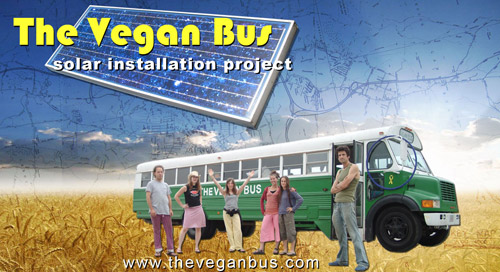

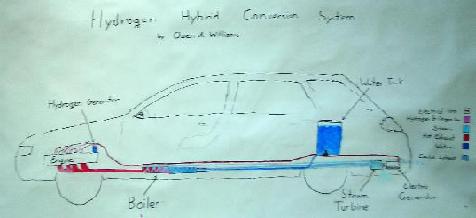
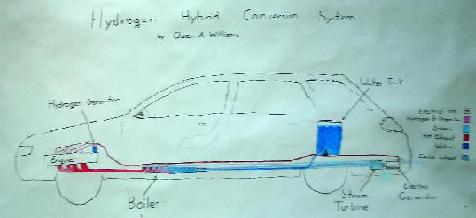
.jpg)
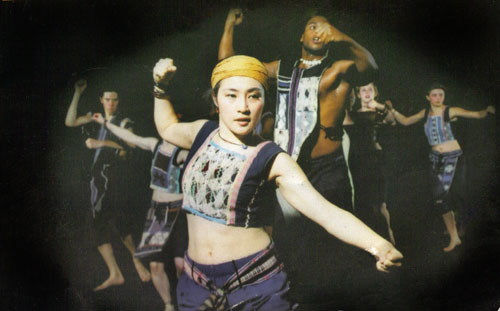
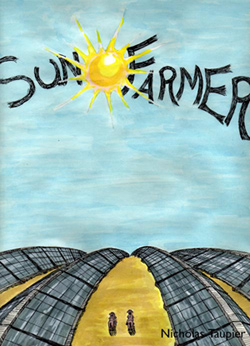
 For the Art of Sustainability contest, I am proposing to research, write, and draw a graphic novel about sustainability. Entitled Sun Farmer, it would be set in the not-too-distant future, in a time when people’s wanton use of energy and lack of foresight has left gas prices soaring, energy shortages sweeping the nation, and global warming changing the environment in which we live. In the setting, the book’s protagonist seeks to create a life for himself, where he can live sustainably off the land, and provide clean, renewable energy to others, all through the power of the sun. Given the quality of the land in the Pioneer Valley, it would make a fine setting for our Sun Farmer, although the scope of the book would make it clear that these are tenable and noble goals no matter where you live. To get a better idea of the concept of sun farmer, please read the attached pages, and consider them to be a “trailer” for the completed work, as you would see for a feature film.
For the Art of Sustainability contest, I am proposing to research, write, and draw a graphic novel about sustainability. Entitled Sun Farmer, it would be set in the not-too-distant future, in a time when people’s wanton use of energy and lack of foresight has left gas prices soaring, energy shortages sweeping the nation, and global warming changing the environment in which we live. In the setting, the book’s protagonist seeks to create a life for himself, where he can live sustainably off the land, and provide clean, renewable energy to others, all through the power of the sun. Given the quality of the land in the Pioneer Valley, it would make a fine setting for our Sun Farmer, although the scope of the book would make it clear that these are tenable and noble goals no matter where you live. To get a better idea of the concept of sun farmer, please read the attached pages, and consider them to be a “trailer” for the completed work, as you would see for a feature film.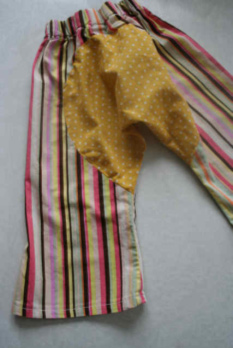
 The Smarty Pants Project is art & industry woven together with an entrepreneurial ambition that is deeply rooted in social and environmental responsibility.
The Smarty Pants Project is art & industry woven together with an entrepreneurial ambition that is deeply rooted in social and environmental responsibility.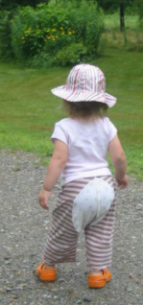 By using donated, recycled and/or vintage fabric, employing local folks, and generating a low-carbon footprint, I’m making clothing that, (much like local food is to a locavore), is sustainable and beautiful! Starting with a pair of pants, this project is turning a little piece of the garment industry up-side-down by creating a beautiful children’s line that is truly sustainable, practical, and affordable.
By using donated, recycled and/or vintage fabric, employing local folks, and generating a low-carbon footprint, I’m making clothing that, (much like local food is to a locavore), is sustainable and beautiful! Starting with a pair of pants, this project is turning a little piece of the garment industry up-side-down by creating a beautiful children’s line that is truly sustainable, practical, and affordable.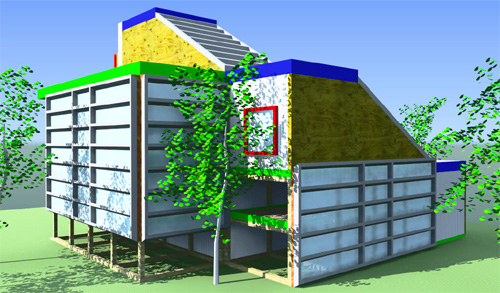


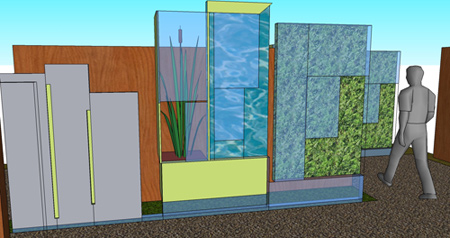

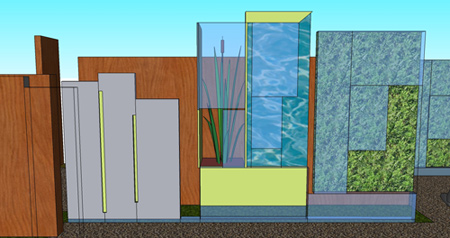
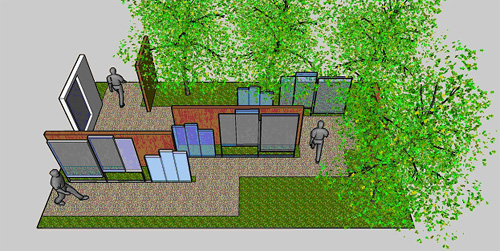
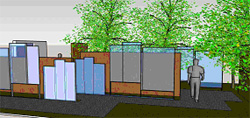
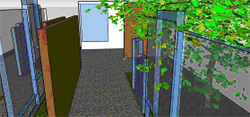
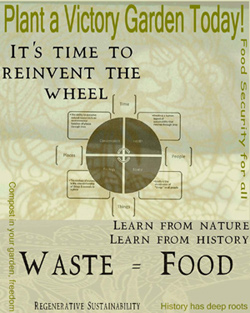
 Brief description of submission: Encourage people in the Pioneer Valley to make compost and plant
Brief description of submission: Encourage people in the Pioneer Valley to make compost and plant
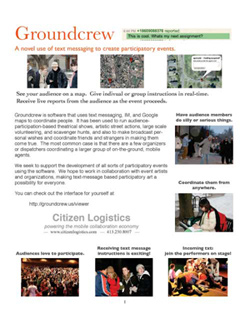
 Achieving sustainability will mean reducing consumption, sharing resources, reducing isolation, increasing community, and creating networks of mutual trust. Groundcrew is an internet project, aimed at making the transition to a sustainable society adventurous, easy, and fun. *Groundcrew* creates a “collaboration economy” — sharing our belongings, time, and skills — by using cell phones, the internet, and an alternate currency. Text-messaging and live maps can make community into a game. Participants are encouraged to create positive experiences, help each other achieve goals, share resources, and have fun!
Achieving sustainability will mean reducing consumption, sharing resources, reducing isolation, increasing community, and creating networks of mutual trust. Groundcrew is an internet project, aimed at making the transition to a sustainable society adventurous, easy, and fun. *Groundcrew* creates a “collaboration economy” — sharing our belongings, time, and skills — by using cell phones, the internet, and an alternate currency. Text-messaging and live maps can make community into a game. Participants are encouraged to create positive experiences, help each other achieve goals, share resources, and have fun!